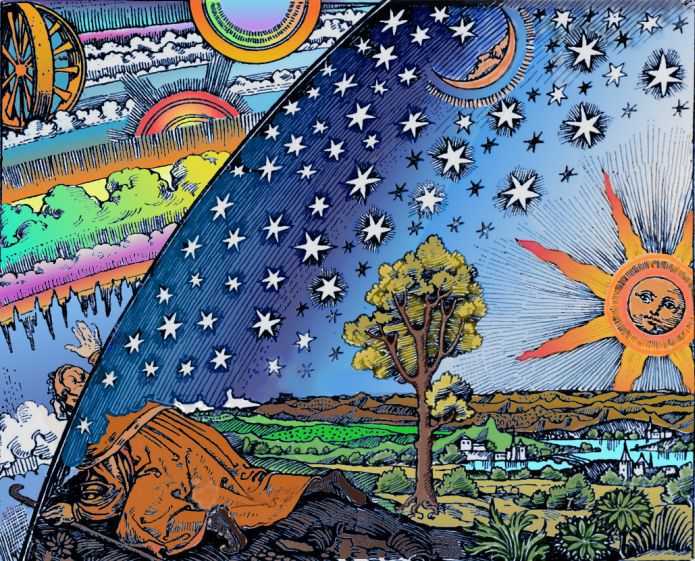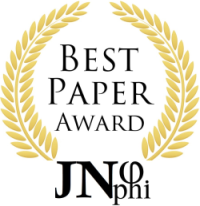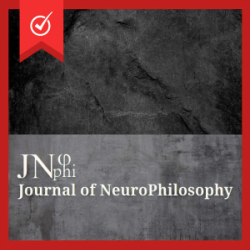Midwifing a Science of Consciousness: the Role of Kuhnian Paradigms
Abstract
It is argued that in terms of Thomas Kuhn's analysis of how different fields of science develop and progress, consciousness research is still in the pre-paradigm or pre-science phase that precedes the advent of any universally accepted paradigm. A means by which this long-standing situation may be escaped is here suggested. This is to treat each of the three distinct theoretical positions that presently drive experimental research on the nature of consciousness as mini-paradigms and then apply the same logic that Kuhn sees as underpinning paradigm shifts in mature sciences to decide which of these three mini-paradigms becomes the first universally accepted paradigm of a mature science of consciousness. At present, the three mini-paradigms that drive experimental research on the nature of consciousness are: (1) the cognitive-science process theory mini-paradigm ("consciousness is a process, not a thing"), (2) the neurophysiologists' preferred psychoneural identity theory mini-paradigm ("consciousness is brain activity") and (3) the EMF field theory mini-paradigm ("consciousness is a 4-D electromagnetic pattern generated by brain activity"). In established science, paradigms shift when enough 'anomalies' – falsified predictions or largely unrecognised but once-recognised-unacceptable consequences – build up to make the existing paradigm uncomfortable for those who operate within it. At this point, a sudden paradigm shift occurs, ushering in another long period of 'normal science' during which the new paradigm drives experimentation. With regard to the three existing mini-paradigms on the nature of consciousness, it is argued that (1) recognition that processes are abstract entities –and that this renders the "consciousness is a process, not a thing" mini-paradigm dualist – makes this mini-paradigm unacceptable to practitioners who regard dualism as unscientific and who prefer to see themselves as staunchly scientific, and therefore as monists. (By definition, monists equate consciousness with physical entities, while dualists equate it with abstract entities). (2) The strong prediction of the "consciousness is brain activity" mini-paradigm – that conscious experiences should invariably correlate with the firing of either particular single neurons or groups of single neurons in the brain – has now been falsified often enough to make this mini-paradigm unacceptable to its practitioners. And this leaves intact only the "consciousness is a 3-D electromagnetic field" mini-paradigm – the idea that conscious experiences are particular 3-dimensional (or, given that they change in time, strictly speaking 4-dimensional) patterns in the electromagnetic field generated by brain activity. And as a result, it is suggested that this third mini-paradigm might usefully become the first universally accepted full paradigm, which would finally allow announcement of the birth of a Kuhnian science of consciousness.
Keywords:
Kuhn, NCC, paradigm in consciousness, neural correlates of consciousness, neuron doctrine, scienceDownloads
Metrics
References
Allison T, McCarthy G and Wood, CC. The relationship between human long- latency somatosensory evoked potentials recorded from the cortical surface and from the scalp. Electroencephalography and clinical Neurophysiology 1992; 84: 301-314.
Anastassiou CA, Perin R, Markram H, and Koch C. Ephaptic coupling of cortical neurons. Nature Neuroscience 2011; 14: 217-223.
Aru J, Axmacher N, Do Lam AT, Fell J, Elger CE, Singer W, and Melloni L. Local category-specific gamma band responses in the visual cortex do not reflect conscious perception. J Neurosci 2012a; 32: 14909–14914.
Aru J, Bachmann T, Singer W, and Melloni L. Distilling the neural correlates of consciousness. Neurosci Biobehav Rev 2012b; 36: 737–746.
Aru J and Bachmann T. Still wanted—the mechanisms of consciousness! Front Psychol 2015; 6:5. doi: 10.3389/fpsyg.2015.00005.
Downloads
Published
How to Cite
Issue
Section
Categories
License
Copyright (c) 2022 Susan Pockett

This work is licensed under a Creative Commons Attribution-NonCommercial-ShareAlike 4.0 International License.
Authors continue to hold copyright with no restrictions.




